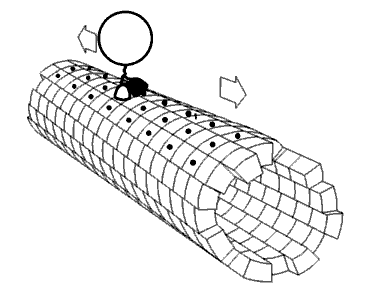
Photo from academic.microsoft.com
Ionizing radiation with ultra-high dose rates (>40 Gy/s), known as FLASH, has drawn great attention since its introduction in 20141 . It has been shown to markedly reduce radiation toxicity… Click to show full abstract
Ionizing radiation with ultra-high dose rates (>40 Gy/s), known as FLASH, has drawn great attention since its introduction in 20141 . It has been shown to markedly reduce radiation toxicity to normal healthy tissues while inhibiting tumor growth with similar efficiency as compared to conventional dose rate irradiation in pre-clinical models. Some believe that FLASH irradiation holds great promises and is perhaps the biggest finding in recent radiotherapy history. However, others remain skeptical about the replication of FLASH efficacy in cancer patients with concerns about technical complexity, lack of understanding of its molecular radiobiological underpinnings, and reliability. This is the premise debated in this month's Point/Counterpoint. This article is protected by copyright. All rights reserved.
Journal Title: Medical physics
Year Published: 2019
Link to full text (if available)
Share on Social Media: Sign Up to like & get
recommendations!